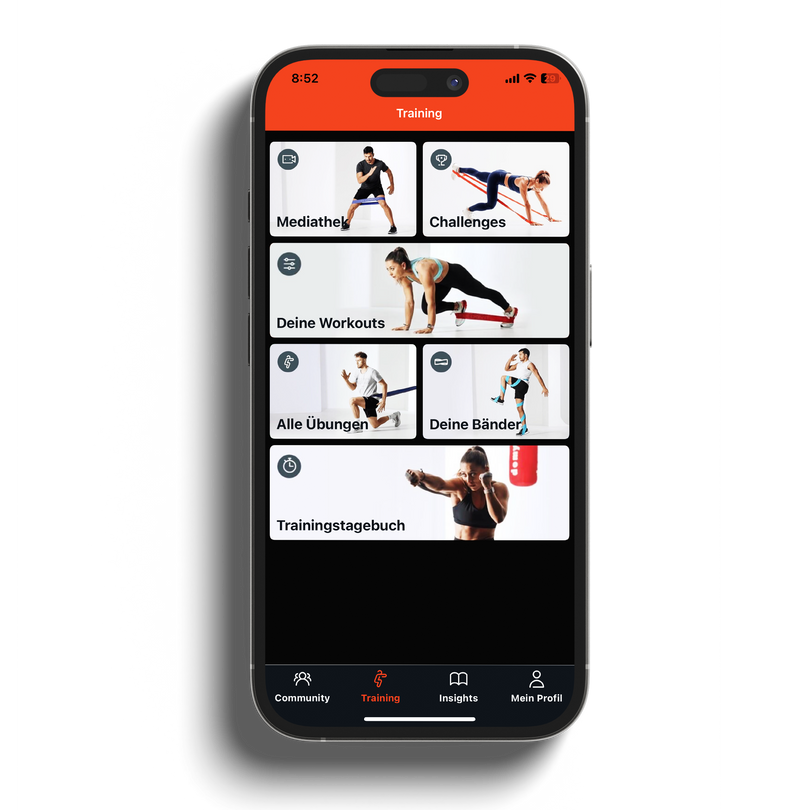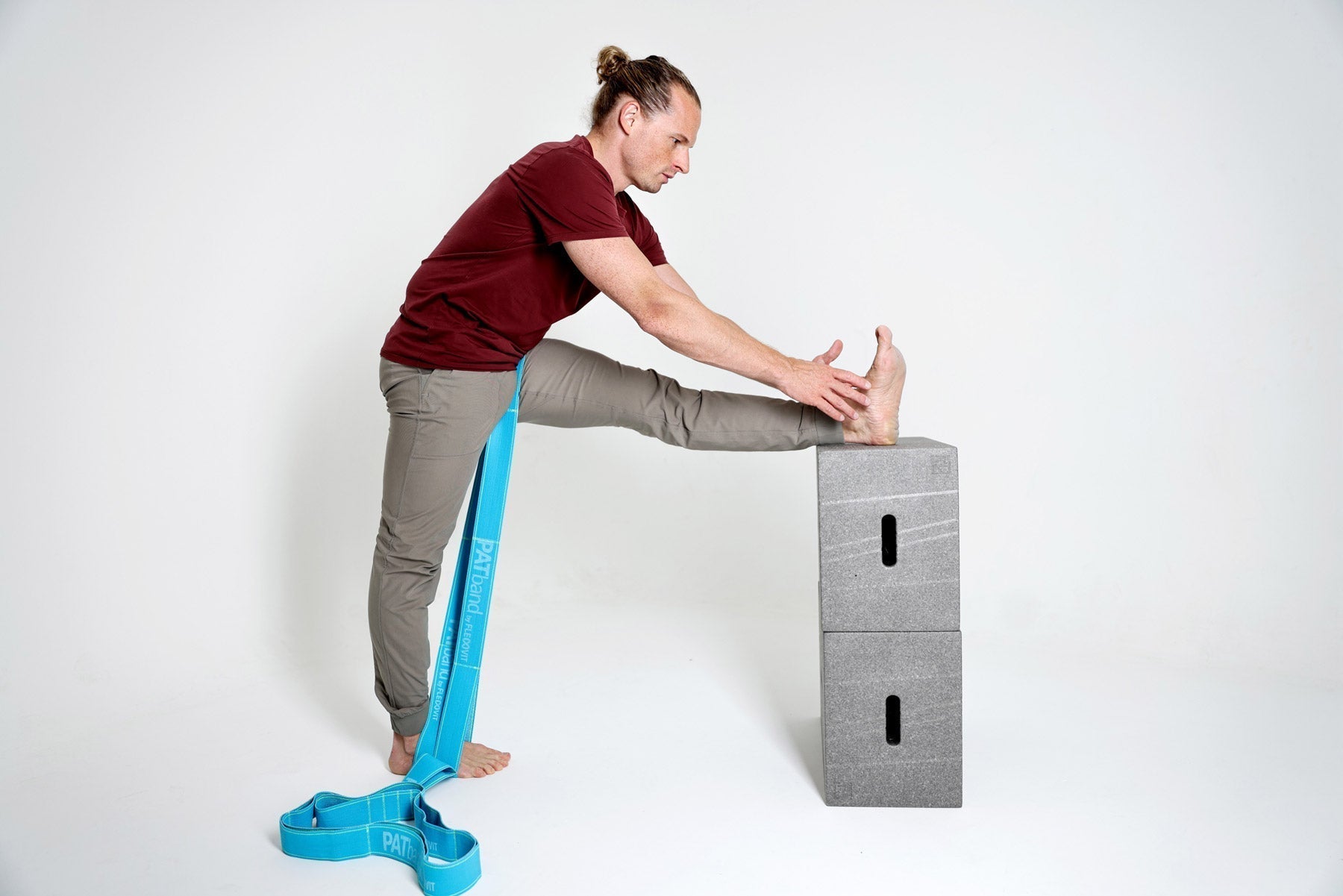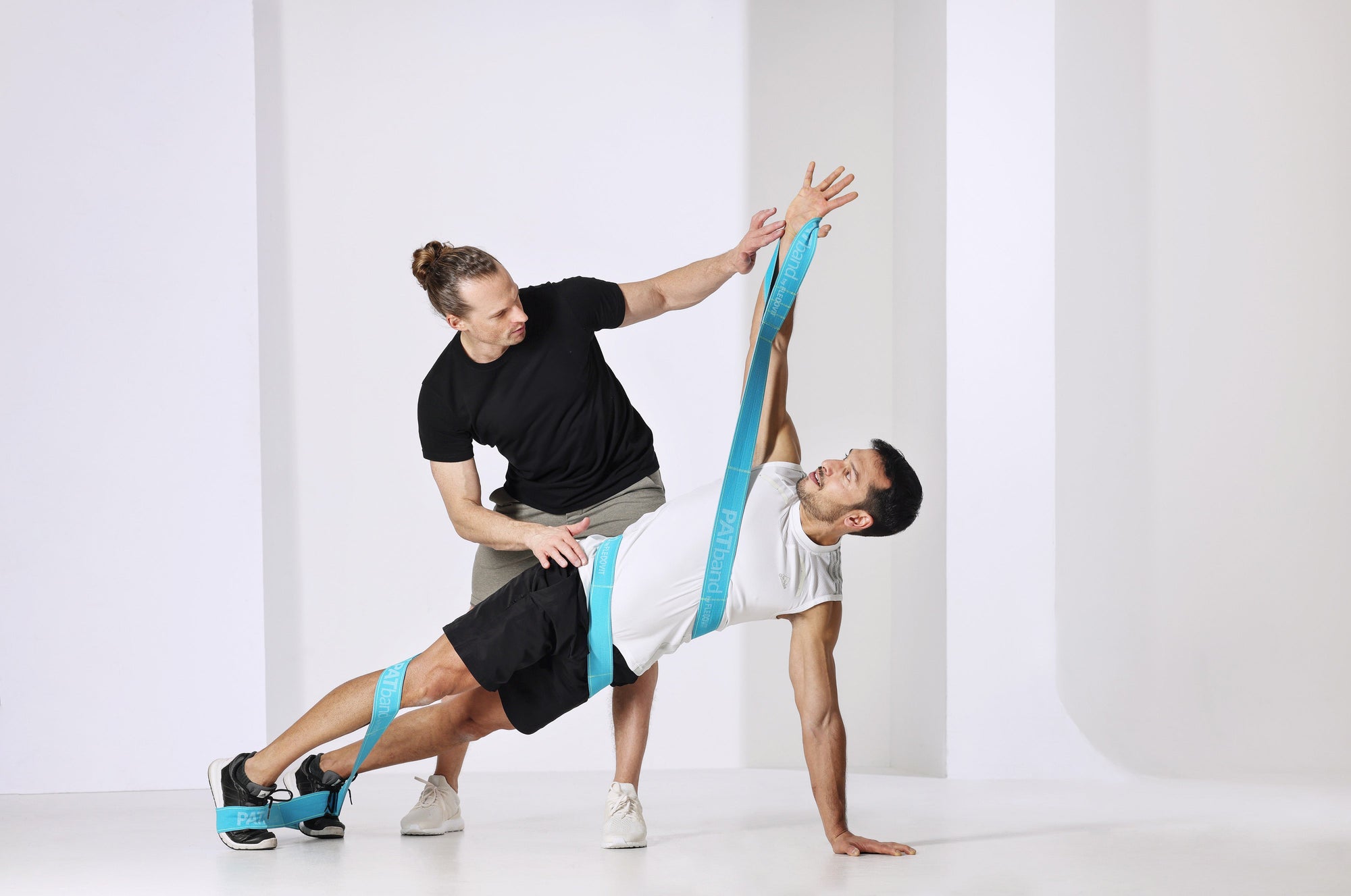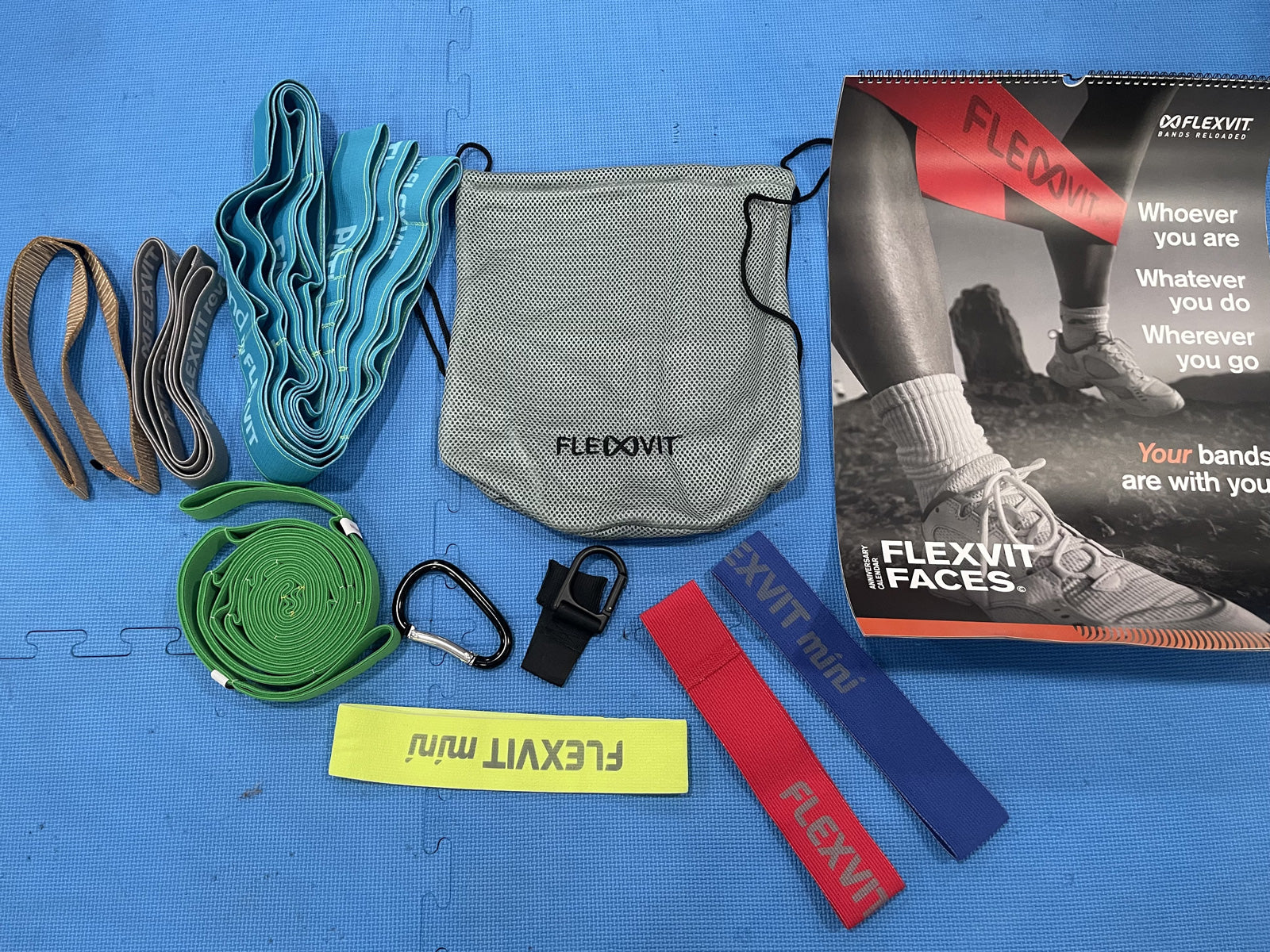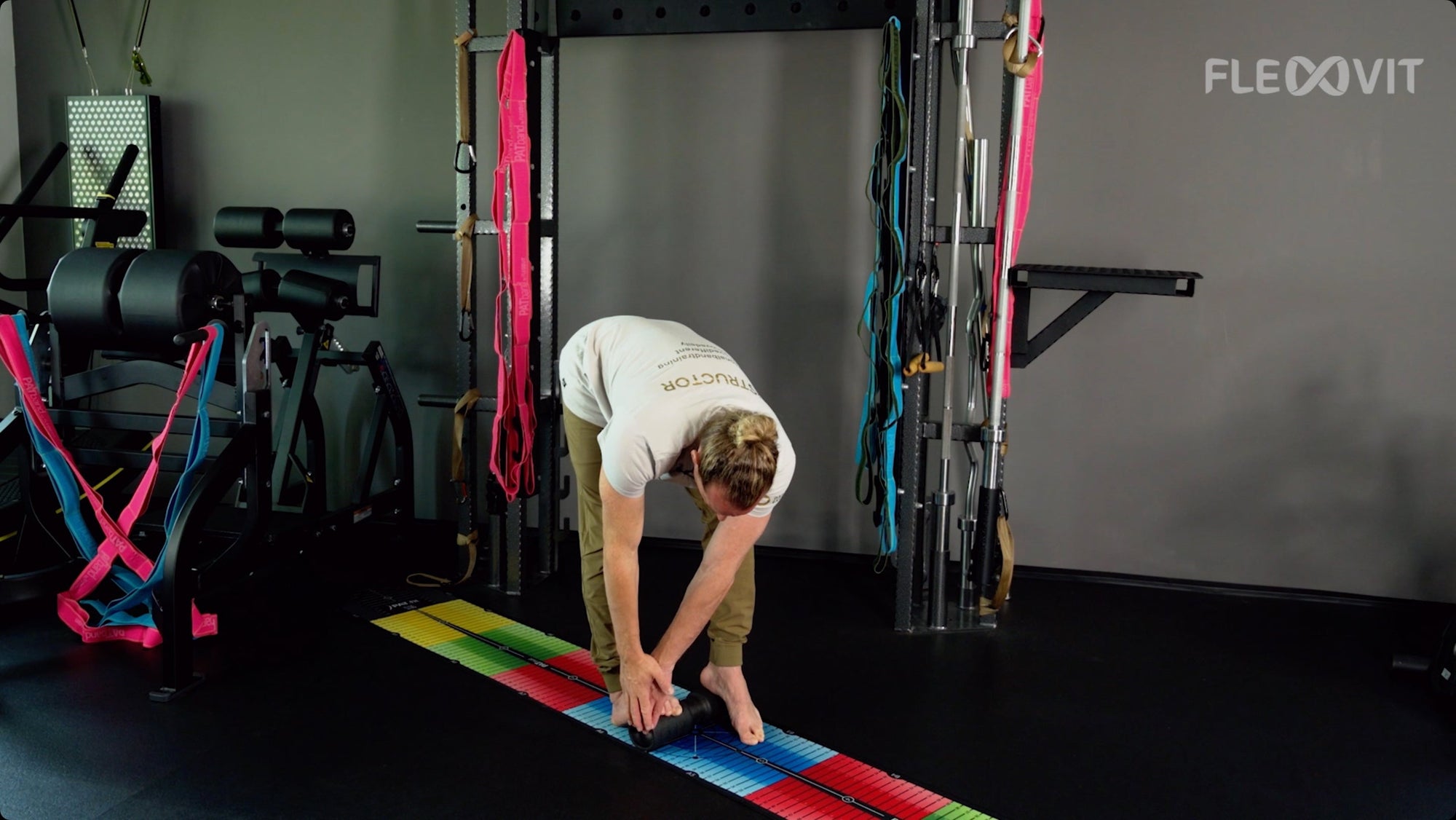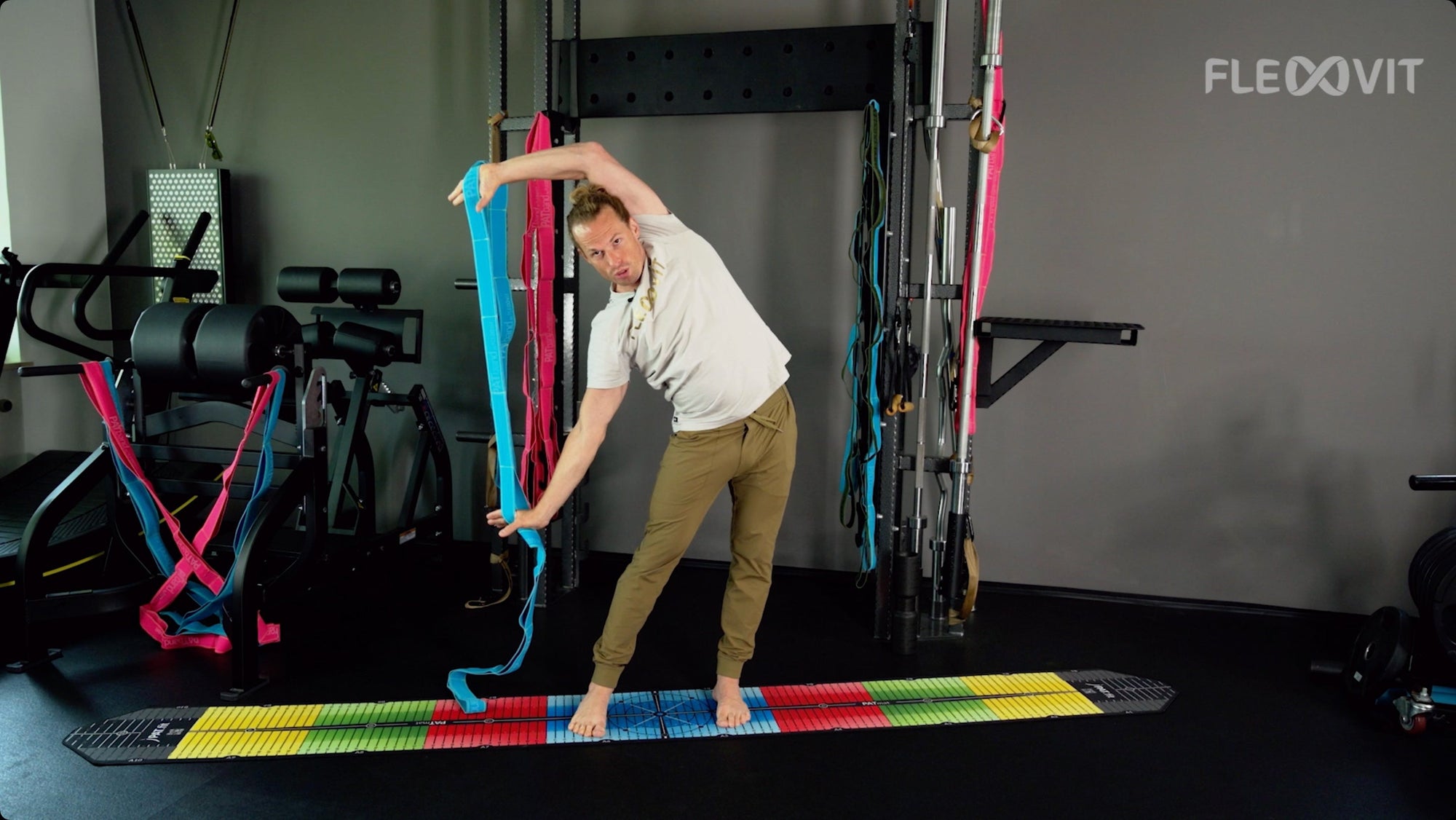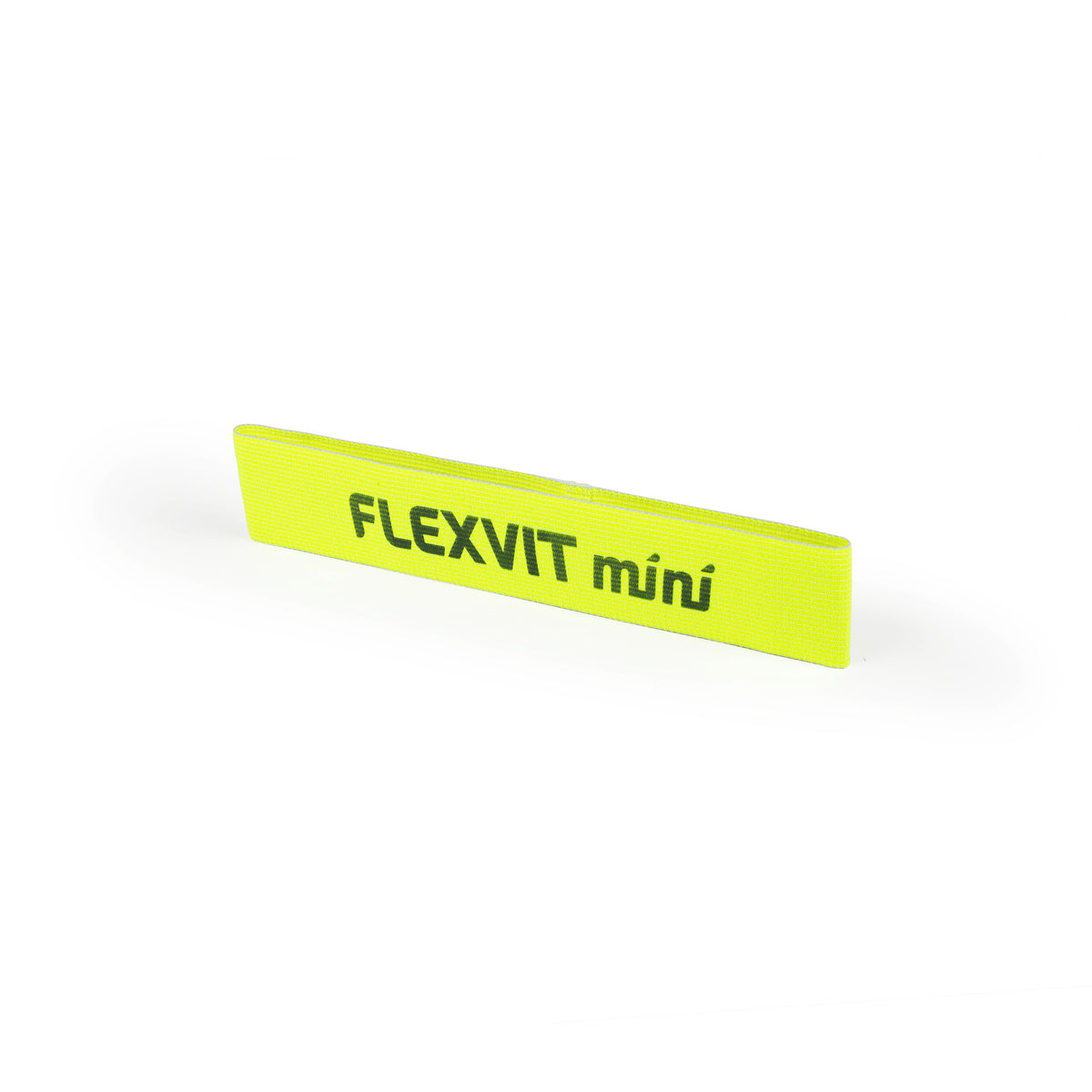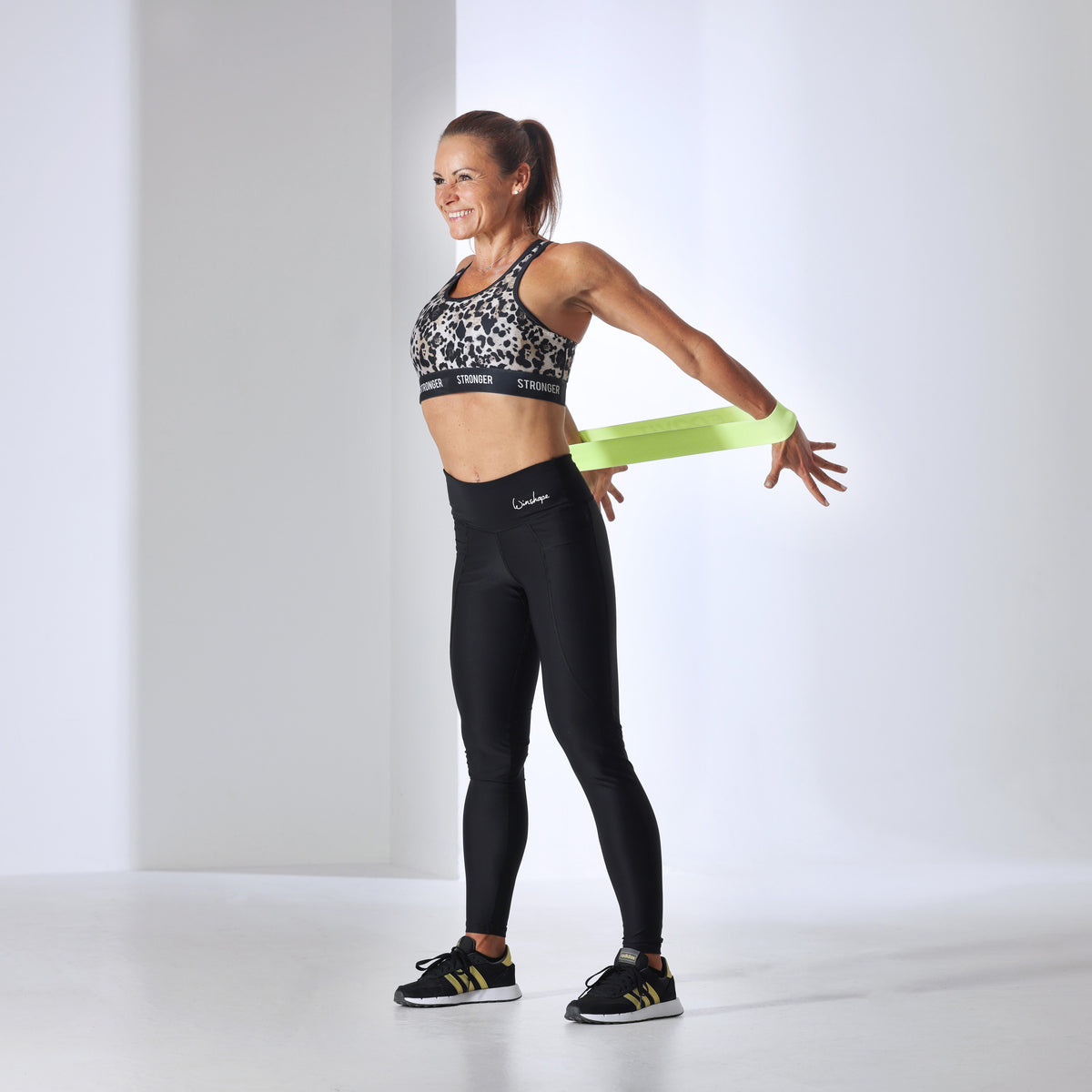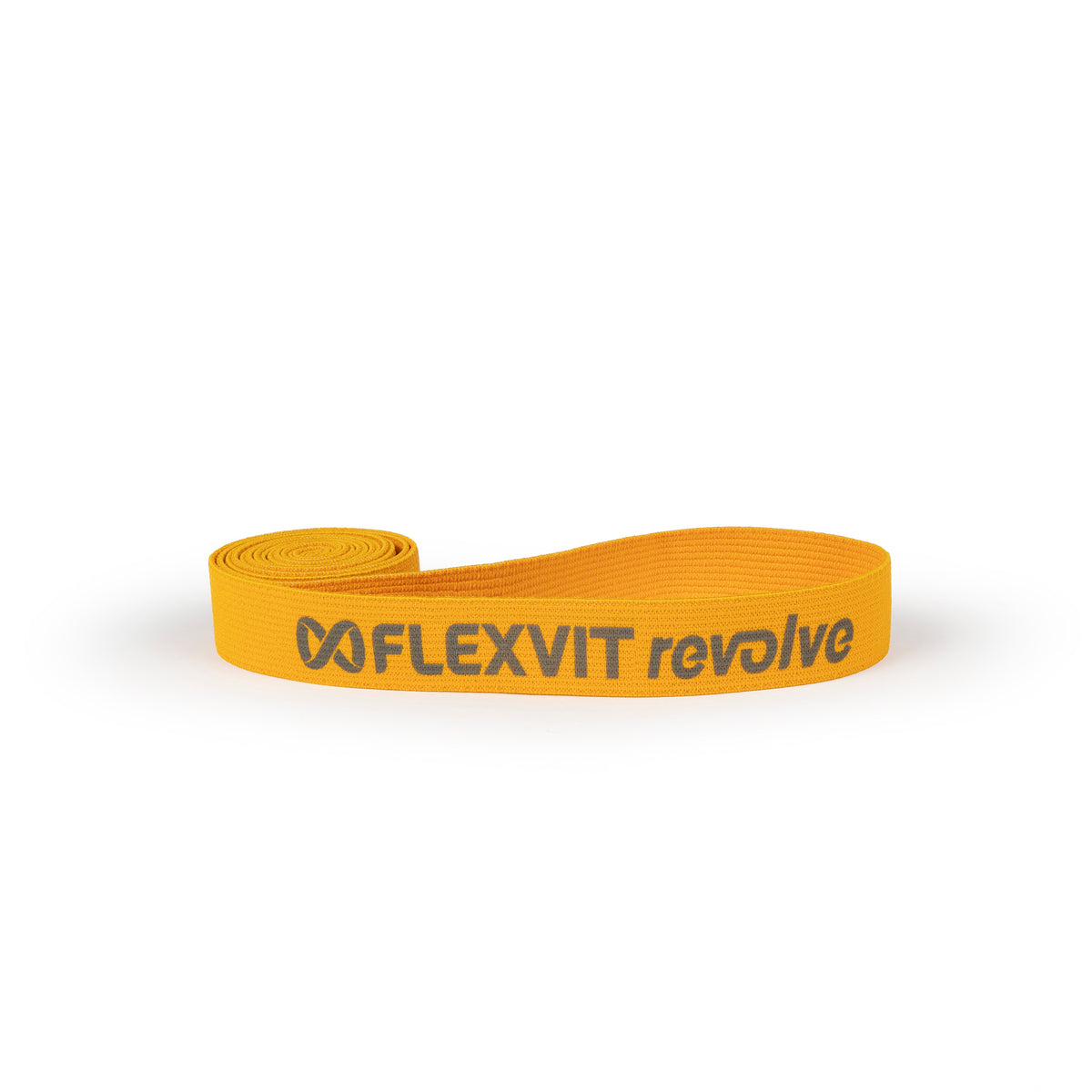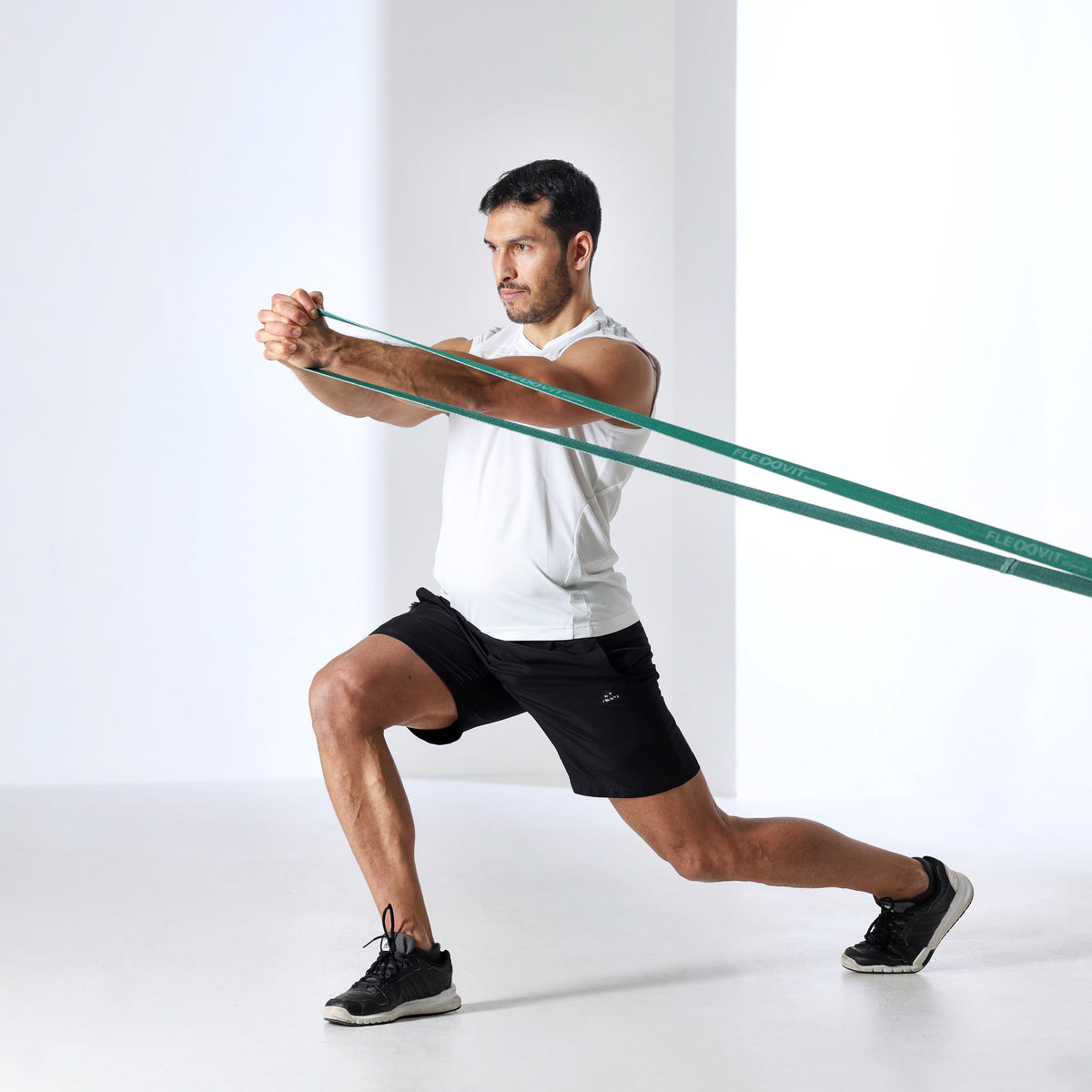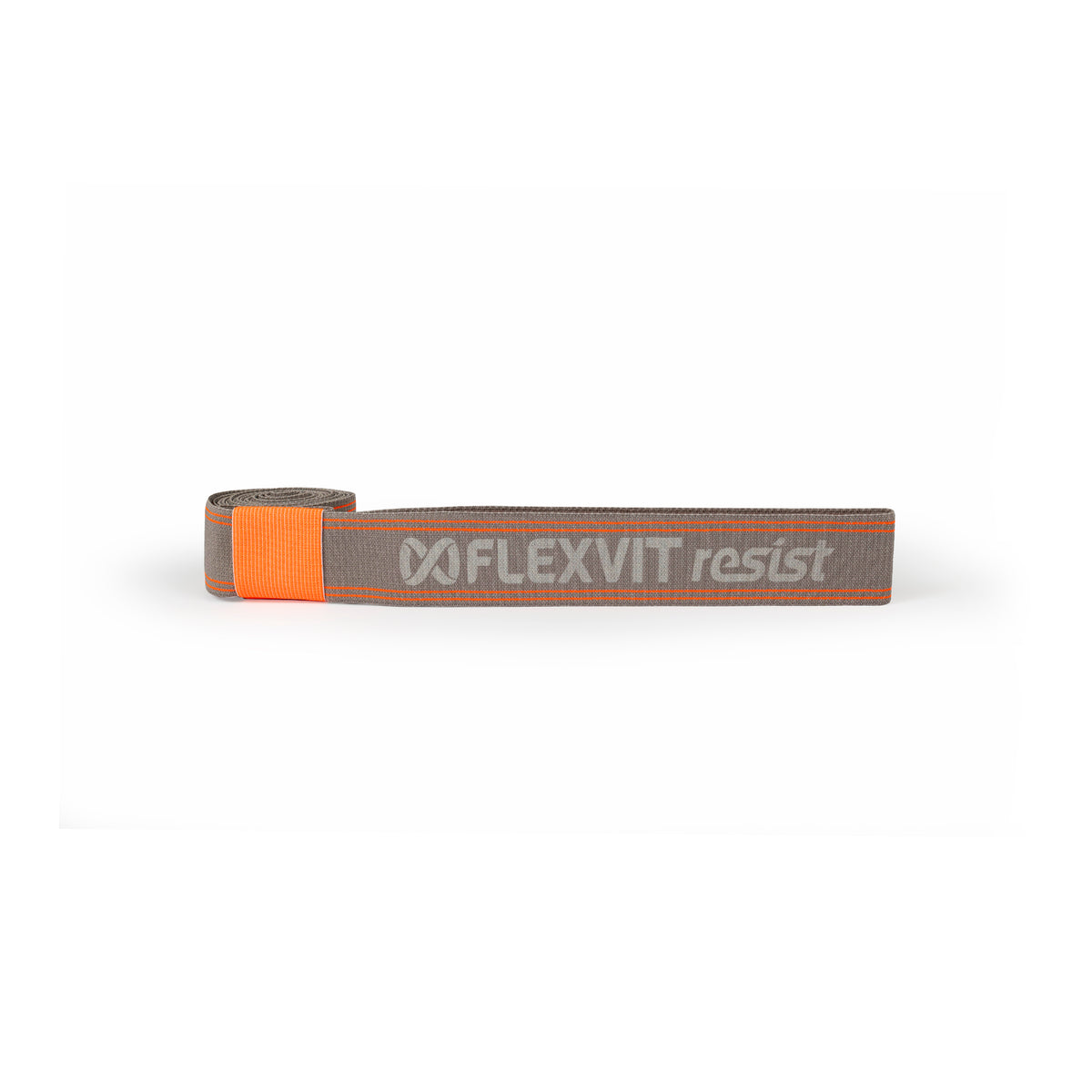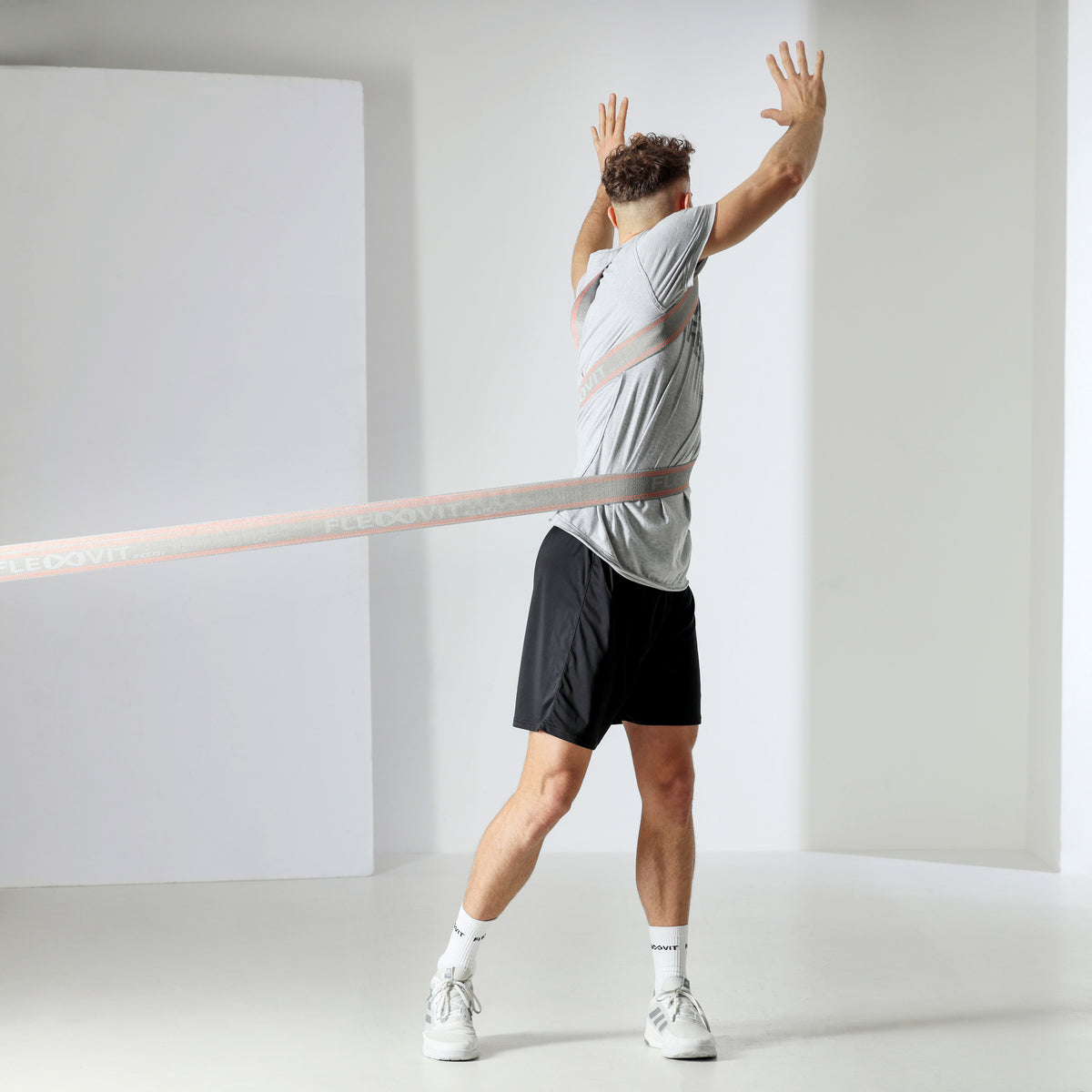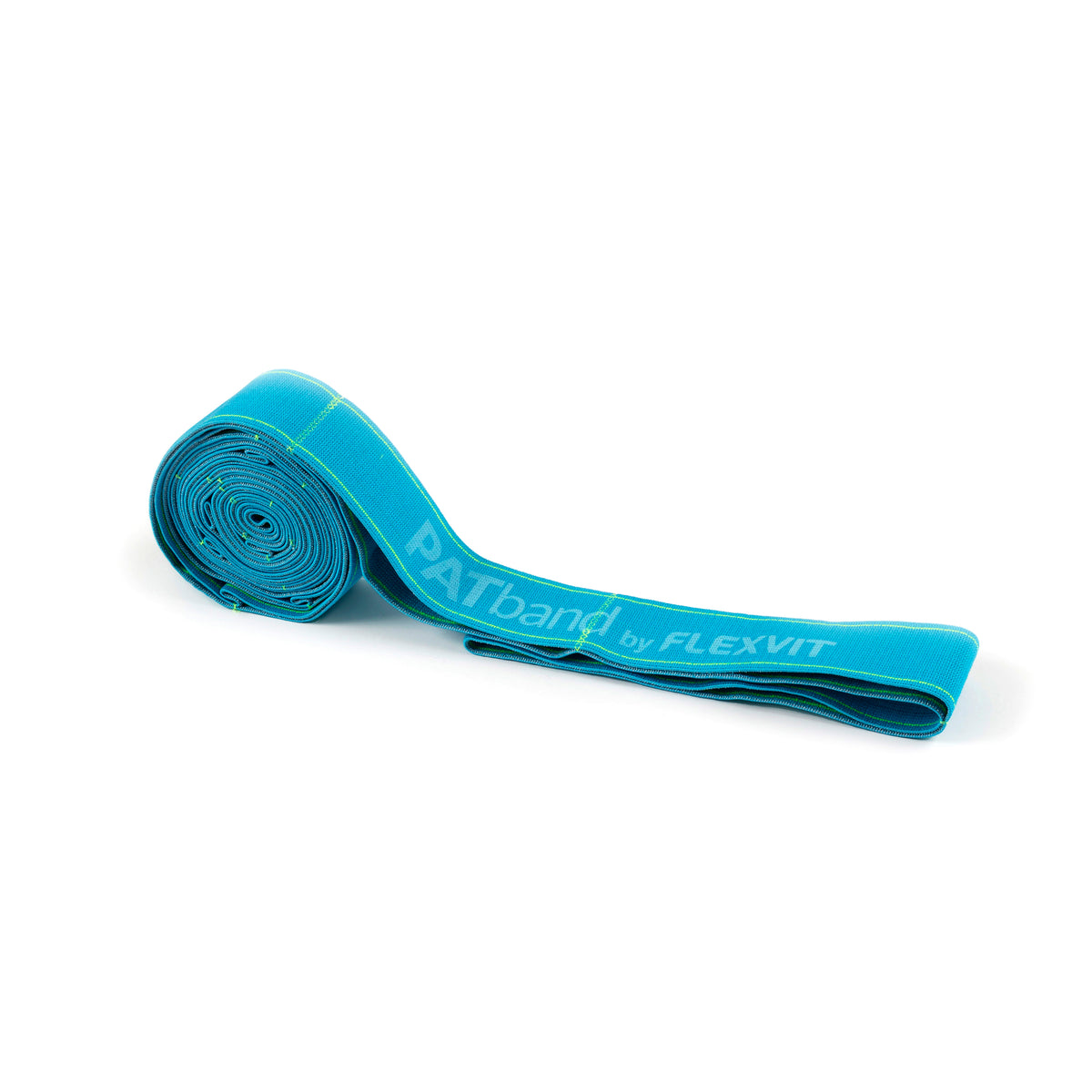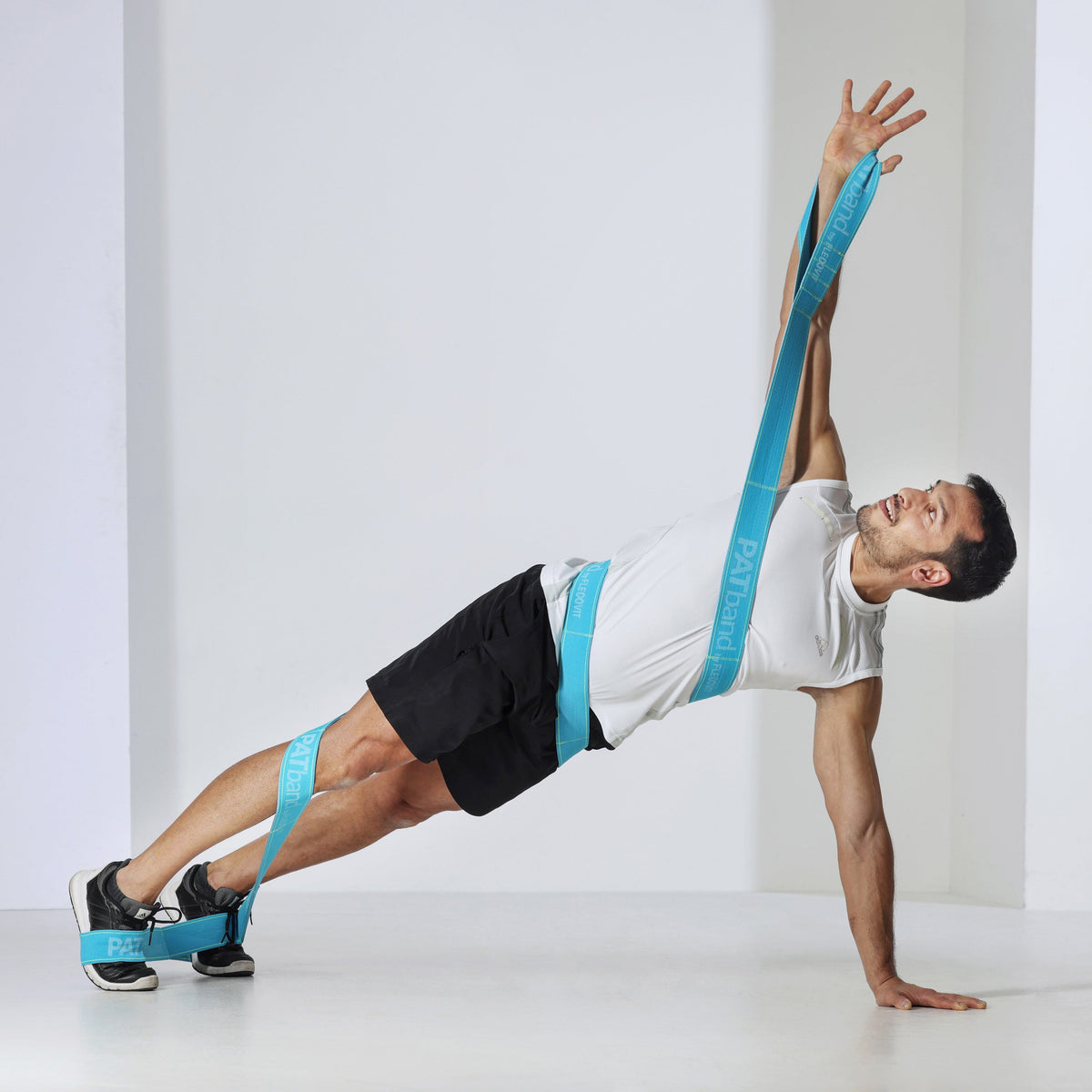Too intensive a training regime is usually accompanied by overtraining. Especially in running, too many kilometers of training can quickly push our musculoskeletal system to its limits. Tension, sluggishness, and injuries are inevitable. This is a key advantage of functional training with resistance bands. You create a functional movement foundation that enables correct and, above all, efficient control of the target movement. Our body becomes more resilient through functional training with resistance bands.
Perfect for your training: Our Runner Set
Why functional training is particularly beneficial for runners
Whether you're training on regular, mostly paved paths or on trails, a natural gait pattern is inevitable. However, we need a suitable musculoskeletal system for this. Our hips, ankles, and knees can be perfectly activated with the support of FLEXVIT mini bands . Dynamic mobility exercises can help us increase flexibility and relieve tension. However, we need resistance to effectively utilize functional strength training for runners.
External environmental factors, such as inclines or changing terrain, determine our body alignment. Athletes learn to interact with significantly greater foresight. Alpine terrain combined with high elevation changes presents our athleticism with challenging functional tasks. Our arms, for example, are used for natural balancing. In addition, greater demands are placed on our torso. Going downhill, we must work more economically to minimize impact. Short ground contact times are the key to success here. In this context, organic movements enable efficient energy management. We can simulate this very well through functional training with resistance bands. We create lines of tension and torques that the body must continuously compensate for.
Discover now - our Runner Set
Movement chains should be trained primarily in functional training for runners
The interaction of the upper back of the leg, the upper front of the leg, and the adductors determine the path of the lower leg muscles. The faster the upper muscle chain interacts, the better the output. We subsequently have a better range of motion. This is also achieved through the stretch-shortening cycle, which occurs passively. Our joint angles also play a key role. However, many athletes tend to use active control in this regard. Plyometric exercises combined with functional training with resistance bands can be used here. The FLEXVIT Resist offers numerous functional options.
Utilizing rotations and anti-rotations in functional training with resistance bands
Unstable ankles, a flattened arch, and a generally reduced range of motion can, for example, lead to internal rotation. Knee problems or ankle pronation are often associated with this. These overload symptoms cannot be compensated for in the long term. Therefore, in my opinion, it is crucial for runners to achieve muscular balance through functional training. A diagonal movement between the hip and shoulder ultimately throws our bodies out of alignment. Many athletes then move predominantly over the front of their legs or excessively use their arms. This often happens with an increased stride frequency. However, stability goes hand in hand with mobility and agility. The trick is to deliberately stop movements and then initiate a countermovement. This can be specifically optimized as part of functional training with resistance bands.
The buttocks as a crucial interface between upper and lower body
Our gluteal muscles play a key role in efficient propulsion. The gluteus minimus, in particular, should be trained through strengthening exercises for runners, as it is partly responsible for external rotation. Runners benefit from this additional stability. During functional training with resistance bands, special care should be taken to ensure that the pelvis is not overextended, as this would otherwise result in the deep back muscles being affected. The FLEXVIT Mini is ideal for training the target muscles of the glutes. It allows us to ideally align our ankles and knees. Here we also train in three-dimensional space and perfectly control our movement chain. Peak performance that is achieved over the long term always requires an efficient form of movement. Functional training with resistance bands ("functional band training") should therefore be a core element of any training program.
Exercises for runners with resistance bands
The FLEXVIT Mini is ideal for optimally activating and strengthening gluteal and leg muscles. Suitable exercises can be performed both standing and lying down.
Running with the mini band
Steps in any direction can be easily made more difficult with the FLEXVIT Mini . Depending on the position of the mini band around the legs—e.g., above the knees, at the ankles, or at the feet—the intensity and focus of an exercise can be changed. Furthermore, multiple mini bands can be used.
Use our Runner Set for your training
Side steps with the FLEXVIT Mini
1) Place the mini band just above your knees. Stand with your feet shoulder-width apart, bend your knees slightly, push your buttocks back slightly, and hold your arms loosely in front of your chest. Point your toes forward.
2) Now move one leg to the side and place your foot slightly further away from the other foot. Actively engage your hands.
3) After a few steps to one side, change direction and walk sideways with the other leg first. Try to maintain a slightly bent position throughout the exercise.
Ideally, the steps should also be performed forwards and backwards, as this involves all three planes of movement.
Exercises while lying down with the FLEXVIT Mini
A variety of exercises can be performed with the mini band, especially in the supine and side positions. If you want to train your core at the same time, you can also use the mini band to make leg raises and abductions more difficult while in a (side) plank or forearm plank position.
Pelvic lift with the FLEXVIT Mini
1) Place the mini band just above your knees and lie on your back. Bend your knees and open your feet and knees hip-width apart so that the mini band is stretched. Place your arms at your sides, close to your body. Rest your head on the floor as well.
2) Engage your glutes and push your pelvis up until it's in line with your thighs and torso. Make sure your hips don't sink to one side and your buttocks stay up.
3) Hold the stretch briefly and then lower your pelvis until it just touches the floor.
You can find more exercises with FLEXVIT bands on YouTube.
About the author: Mag. Stephan Kohlhauser MA.
I'm primarily interested in innovative training concepts in the following sports: triathlon, swimming, cycling, and ultra-running. Through my coaching and my own athletic training, I love staying at the cutting edge of functional training. As a multiple triathlon participant and ultra-runner, I combine theory with practical knowledge. My main job is supporting people with mental and physical disabilities.

